In the vast and ancient landscapes of Australia, where red earth meets sprawling skies, a tiny creature holds profound cultural significance. The frog, often overlooked in other parts of the world, emerges as a seasonal prophet in Aboriginal traditions. Its croaks and choruses are not merely sounds of the wild but are deeply woven into the fabric of Indigenous knowledge systems, serving as a natural calendar for the coming rains.
For thousands of years, Aboriginal communities have observed the behavior of local frog species to predict seasonal changes. Unlike modern meteorological tools, this ecological wisdom is rooted in intimate relationships with the land. The frogs’ sudden appearances and intensified calls are interpreted as heralds of the wet season, signaling when to hunt, when to gather, and when to prepare for the life-giving rains that sustain both people and ecosystems.
The Green Tree Frog, in particular, is revered across northern Australia. Known scientifically as Litoria caerulea, its loud, resonant calls are unmistakable. Elders speak of how these frogs "sing the rain into being," their voices rising in chorus days before the first clouds gather. In some communities, children learn to mimic these calls, a playful yet sacred practice that reinforces the connection between humans and the natural world.
Scientific studies have begun to validate aspects of this traditional knowledge. Researchers note that certain frog species indeed become more active ahead of rainfall, possibly due to shifts in humidity or barometric pressure. However, for Aboriginal peoples, the frogs’ significance transcends biology. They are messengers, their songs carrying stories of creation, reminders of ancestral laws, and warnings about ecological imbalance when their patterns change.
Climate change now threatens this ancient forecasting system. Altered weather patterns and habitat destruction have disrupted the once-reliable rhythms of frog activity. In some regions, species that once sang consistently before rains have fallen silent or shifted their behaviors unpredictably. For elders, this silence is alarming—not just as an environmental concern but as a fraying of cultural lifelines tied to seasonal cycles.
Efforts are underway to document and preserve this knowledge before it vanishes. Collaborative projects between Indigenous rangers and scientists are recording frog calls, mapping their habitats, and comparing traditional observations with meteorological data. These initiatives recognize that Aboriginal ecological insights offer not just cultural value but practical tools for conservation in an era of climate uncertainty.
Yet the frog’s role extends beyond utility. In Dreaming stories passed down through generations, frog ancestors shaped waterways and taught humans to listen to the land. Their continued presence—whether in bustling wetlands or quiet desert rock pools—serves as a living testament to resilience. To hear their chorus is to witness an unbroken thread between past and present, a reminder that some truths are carried not in data but in the voices of small creatures after dusk.
As Australia faces increasingly erratic weather, the wisdom embedded in frog lore gains new urgency. Urbanization and pollution have already erased some frog populations, taking with them chapters of knowledge. Protecting them becomes an act of cultural preservation as much as biodiversity conservation. For when the frogs fall silent, more than a species is lost—a language of the land itself fades.
Tourists visiting the Top End might simply hear noise when frogs erupt into song after sunset. But for those who understand their deeper meaning, these choruses are a dialogue with the earth. They speak of cycles older than memory, of interdependence, and of warnings we would do well to heed. In a world rushing toward technological solutions, Australia’s frog prophets remind us that some answers lie not in satellites but in the mud, waiting to be heard.

By /Jul 7, 2025
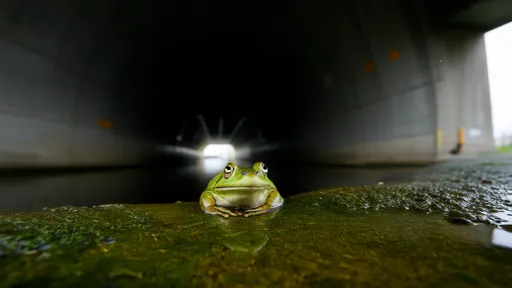
By /Jul 7, 2025

By /Jul 7, 2025
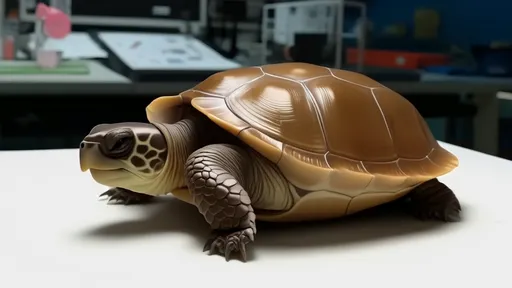
By /Jul 7, 2025

By /Jul 7, 2025

By /Jul 7, 2025

By /Jul 7, 2025

By /Jul 7, 2025
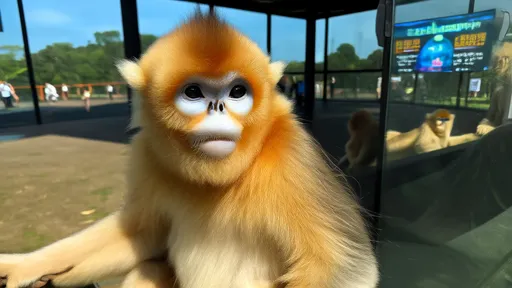
By /Jul 7, 2025
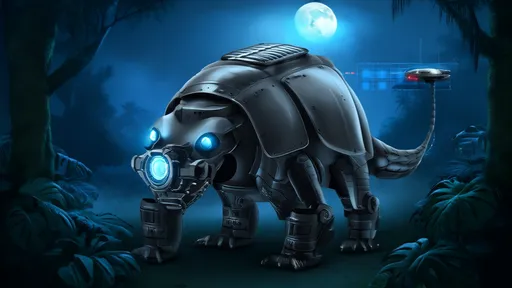
By /Jul 7, 2025

By /Jul 7, 2025
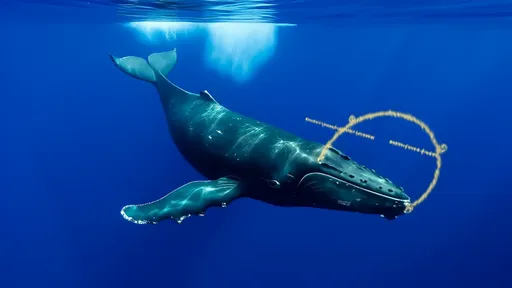
By /Jul 7, 2025
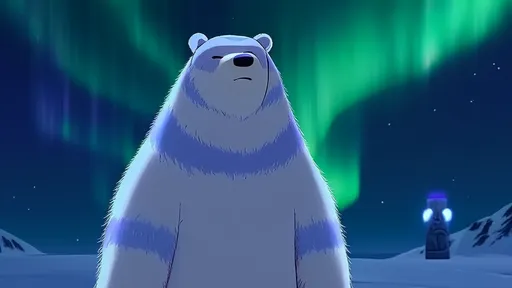
By /Jul 7, 2025
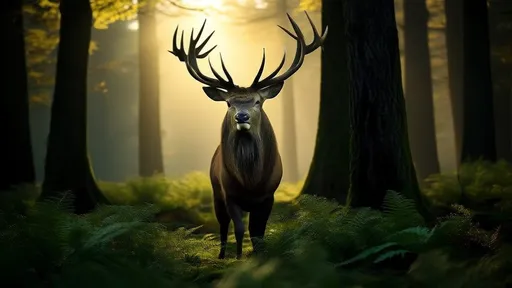
By /Jul 7, 2025
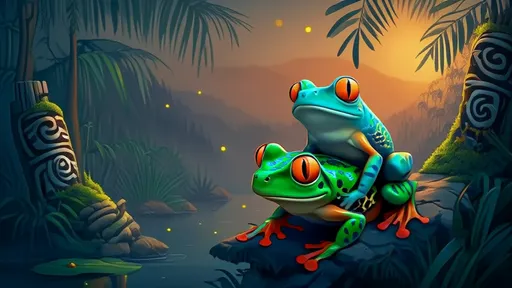
By /Jul 7, 2025
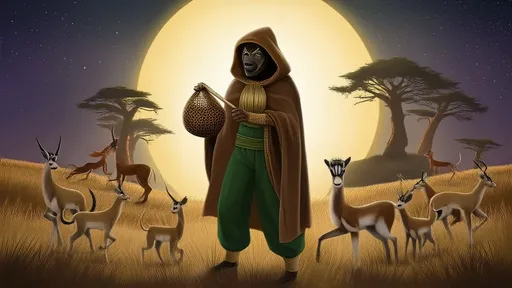
By /Jul 7, 2025
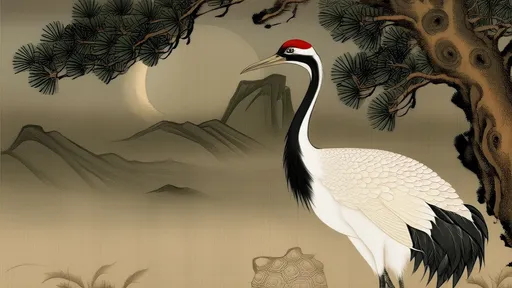
By /Jul 7, 2025
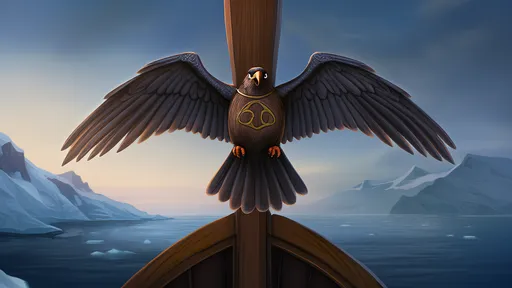
By /Jul 7, 2025